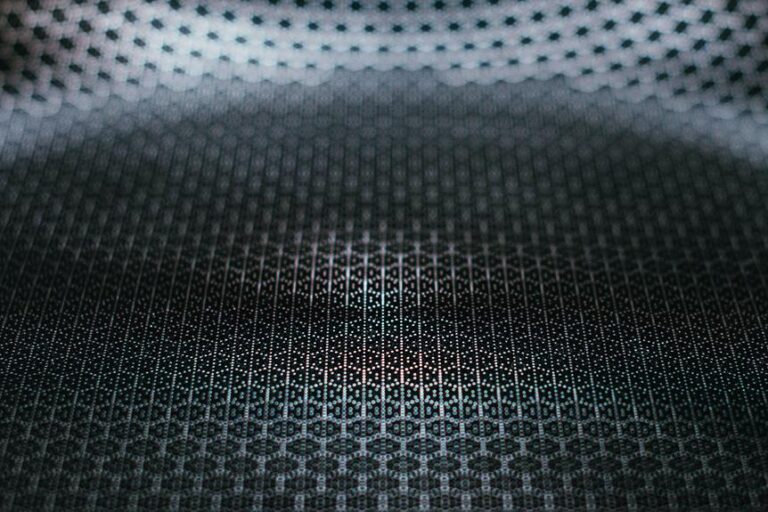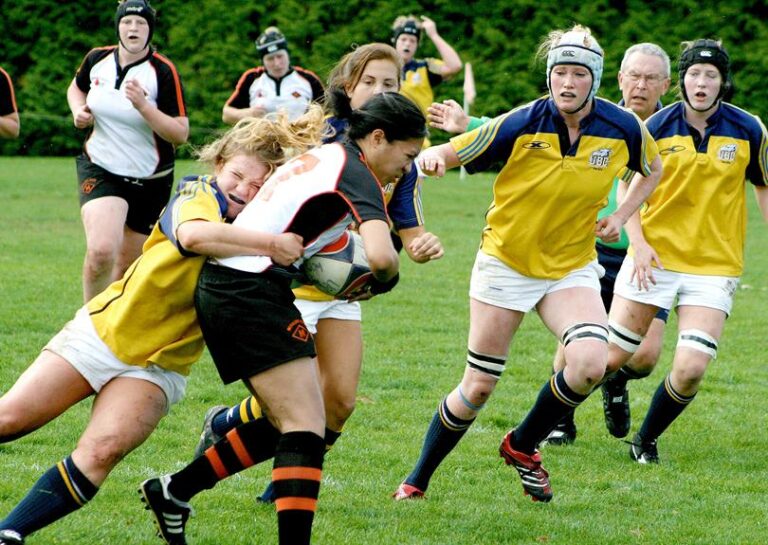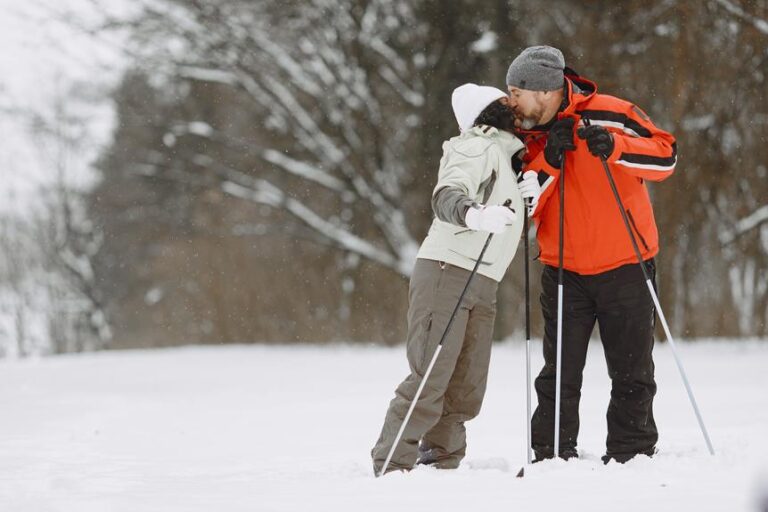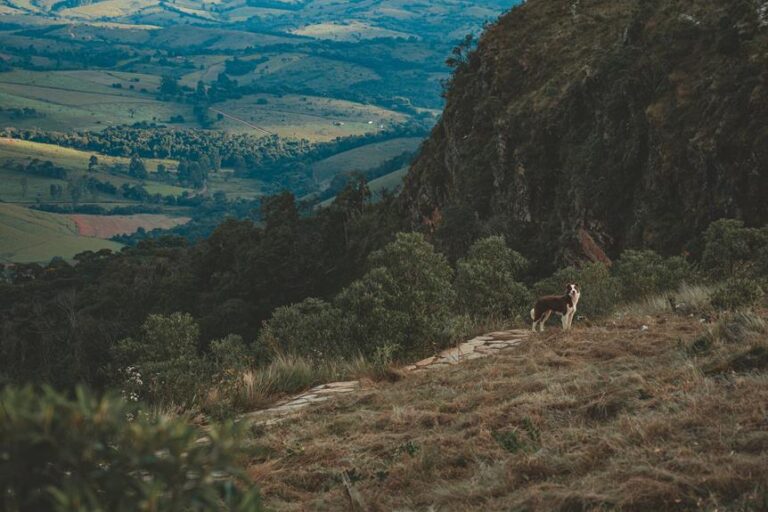All Mountain Vs Carving Skis: An In-Depth Analysis
You're standing at the top of the mountain, the crisp air filling your lungs as you eagerly anticipate the descent.
As you strap on your skis, you can't help but wonder: should you choose all-mountain or carving skis?
The decision may seem daunting, but fear not, for this discussion will shed light on the key differences between these two types of skis and help you make an informed choice.
So, let's dive in and explore the exhilarating world of all-mountain versus carving skis.
Carving Skis: Design and Characteristics
Carving skis are specifically designed for groomed terrain, offering a stiff and stable structure that allows you to make precise, quick turns. These skis have a narrower waist and a camber profile, providing stability at high speeds and efficient edge grip. The design and characteristics of carving skis make them ideal for carving turns on groomed slopes.
Compared to all-mountain skis, carving skis have a smaller turning radius, which means you can make tighter turns with ease. This makes them perfect for skiers who enjoy navigating through slalom courses or want to improve their technique on groomed slopes.
The edge grip of carving skis is exceptional due to their design. The camber profile, with its upward arch under the skier's foot, helps to distribute the skier's weight evenly and engage the edges effectively. As a result, you can trust your skis to hold the line on icy or hard-packed snow, giving you confidence in each turn.
When it comes to ski type, carving skis are specialized for groomed slopes and aren't recommended for off-piste terrain. Their narrow waist and stiffer construction make them less versatile in deeper snow or variable conditions. However, if you're looking to improve your speed and maneuverability on groomed slopes, carving skis are the perfect choice. Just remember to maintain them regularly with waxing and edge sharpening to ensure optimal performance.
All-Mountain Skis: Versatility and Performance
Now let's shift our focus to the versatility and performance of all-mountain skis, which offer a wide range of options for different terrains and conditions.
All-mountain skis are designed to provide the ultimate skiing experience, whether you're on groomed slopes or tackling off-piste terrain. Here are five key aspects that make all-mountain skis stand out:
- Adaptability: All-mountain skis come in varying widths, allowing them to handle different snow conditions. They can be narrower for groomed slopes or wider for powder and off-piste skiing.
- Versatility: These skis excel in all types of terrain, from groomed runs to ungroomed slopes. They offer stability and control, making them suitable for both beginners and advanced skiers.
- Performance: All-mountain skis are built to deliver outstanding performance. They feature rocker and camber profiles, which enhance maneuverability and edge hold, ensuring a smooth and responsive ride.
- Flexibility: With all-mountain skis, you can effortlessly transition between different skiing styles. They provide the right balance of stiffness and flexibility, allowing you to carve turns or navigate through challenging terrain with ease.
- Construction: The construction materials used in all-mountain skis contribute to their overall performance. Lightweight materials are often incorporated to enhance maneuverability, while durable materials ensure longevity.
With their versatility and high-performance capabilities, all-mountain skis are the go-to choice for skiers who want to tackle any terrain and condition with confidence.
Key Differences Between Carving and All-Mountain Skis
When choosing between carving and all-mountain skis, it's important to consider your skiing preferences, intended terrain, and the level of versatility needed for optimal performance.
The key differences between carving skis and all-mountain skis lie in their design and performance characteristics. Carving skis are specifically designed for groomed terrain, offering stiff stability and precise turns. They typically have a shorter turn radius and a narrower waist width, which allows for quick and efficient edge-to-edge transitions on groomed snow.
On the other hand, all-mountain skis are more versatile and adaptable to various terrain types. They cater to both groomed and ungroomed terrain, offering variations for different skiing styles. All-mountain skis with a carving emphasis will have a narrower width and turning radius, suitable for groomed slopes. However, all-mountain skis with a powder or off-piste emphasis will have a wider width and larger turning radius, providing stability and float in deep snow for more experienced skiers.
When considering ski options, it's essential to take into account the specific terrain you'll be skiing and your preferred skiing style.
Factors to Consider When Choosing Between the Two
After considering the key differences between carving and all-mountain skis, it's important to evaluate several factors when choosing between the two options. Here are some factors to consider:
- Terrain Preference: Think about whether you mainly ski on groomed slopes or prefer diverse terrains including ungroomed and off-piste areas. Carving skis work best on groomed slopes, while all-mountain skis are more versatile and can handle various terrains.
- Skiing Style: Evaluate your preference for speed and precise turns (carving skis) versus versatility and adaptability to various terrains (all-mountain skis). If you enjoy making quick, precise turns, carving skis with a narrow waist and a short turn radius might be the right choice for you.
- Skill Level: Consider your skiing experience and confidence level. Carving skis require more expertise and control, so they mightn't be suitable for beginners. All-mountain skis, on the other hand, are more forgiving and can be a better option for those who are still developing their skills.
- Ski Design and Features: Look at specific ski attributes such as width, turn radius, rocker profiles, and construction materials. Carving skis typically have a camber underfoot for better edge grip, while all-mountain skis may have rocker profiles that help with maneuverability in different conditions.
- Professional Guidance: Seek advice from experts or professionals to help determine the most suitable ski type based on your skiing style, skill level, and preferred terrain. They can provide valuable insights and recommendations to ensure you find the right ski for your needs.
Making the Best Decision: Which Ski Is Right for You?
To make the best decision on which ski is right for you, consider your terrain preference, skiing style, and skill level.
If you enjoy skiing on groomed trails and want stability and quick turning, carving skis might be the right choice for you. These skis are designed to carve precise turns and have a narrow overall waist width, making turn initiation easier.
On the other hand, if you prefer versatility and adaptability to different types of terrain, all-mountain skis could be a better option. These skis are designed to handle a variety of skiing styles and can perform well on both groomed and ungroomed terrain.
When choosing between carving skis and all-mountain skis, think about the specific type of skiing you enjoy the most, whether it's carving, powder, or off-piste. Additionally, consider your ability level as this can also impact your decision.
It's important to choose the right ski that matches your skiing preferences and ability level to ensure an enjoyable and comfortable skiing experience.
Frequently Asked Questions
What Does All Mountain Ski Mean?
An all mountain ski is versatile, adapting to different terrains and snow conditions. It provides stability and adaptability, making it suitable for skiers of all skill levels. Choose the right one for your style and enjoy the benefits on any terrain.
How Do You Carve on All-Mountain Skis?
To carve on all-mountain skis, beginners should focus on proper technique, choose the right ski length, and master edge control. Experienced skiers can try advanced techniques and different turns, adapting to different snow conditions. Improve carving skills with specific drills and suitable bindings.
What Does Carving Mean in Skiing?
Carving in skiing means making smooth, arcing turns on the edges of your skis. It requires proper body positioning and the right equipment. Carving allows for precise and agile turns on various snow conditions, steep slopes, narrow trails, and even in moguls. It can be done with different ski lengths, widths, and camber profiles.
How Do I Know if My Skis Are All-Mountain?
To know if your skis are all-mountain, look for versatility in handling different terrains and snow conditions. Consider characteristics like adaptability, stability, and wide width options. Seek expert advice to choose the right skis for your ability level.
Conclusion
So, when it comes down to choosing between all-mountain and carving skis, it ultimately depends on your personal skiing style and the type of terrain you prefer.
If you enjoy high-speed skiing on groomed slopes and want to improve your precision in turning, carving skis are the way to go.
However, if you want versatility and the ability to handle different terrains, all-mountain skis are the better option.
Consider your preferences and make the best decision for your skiing experience.






